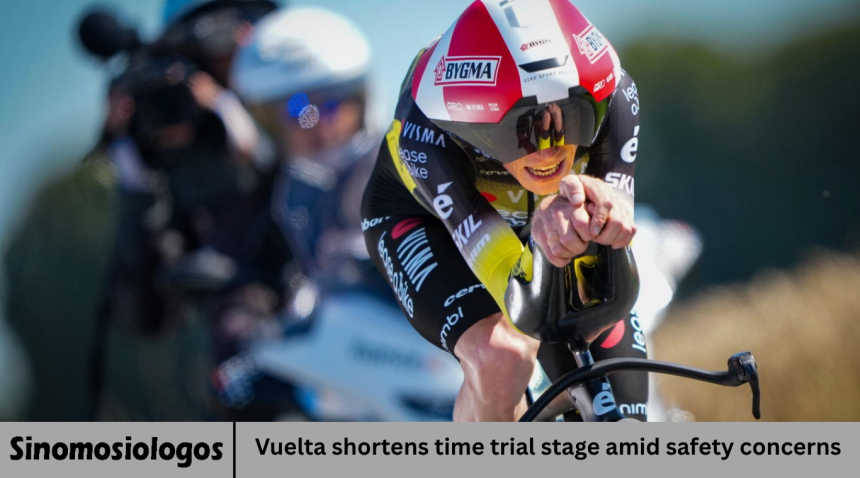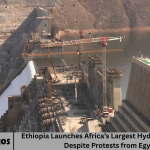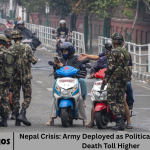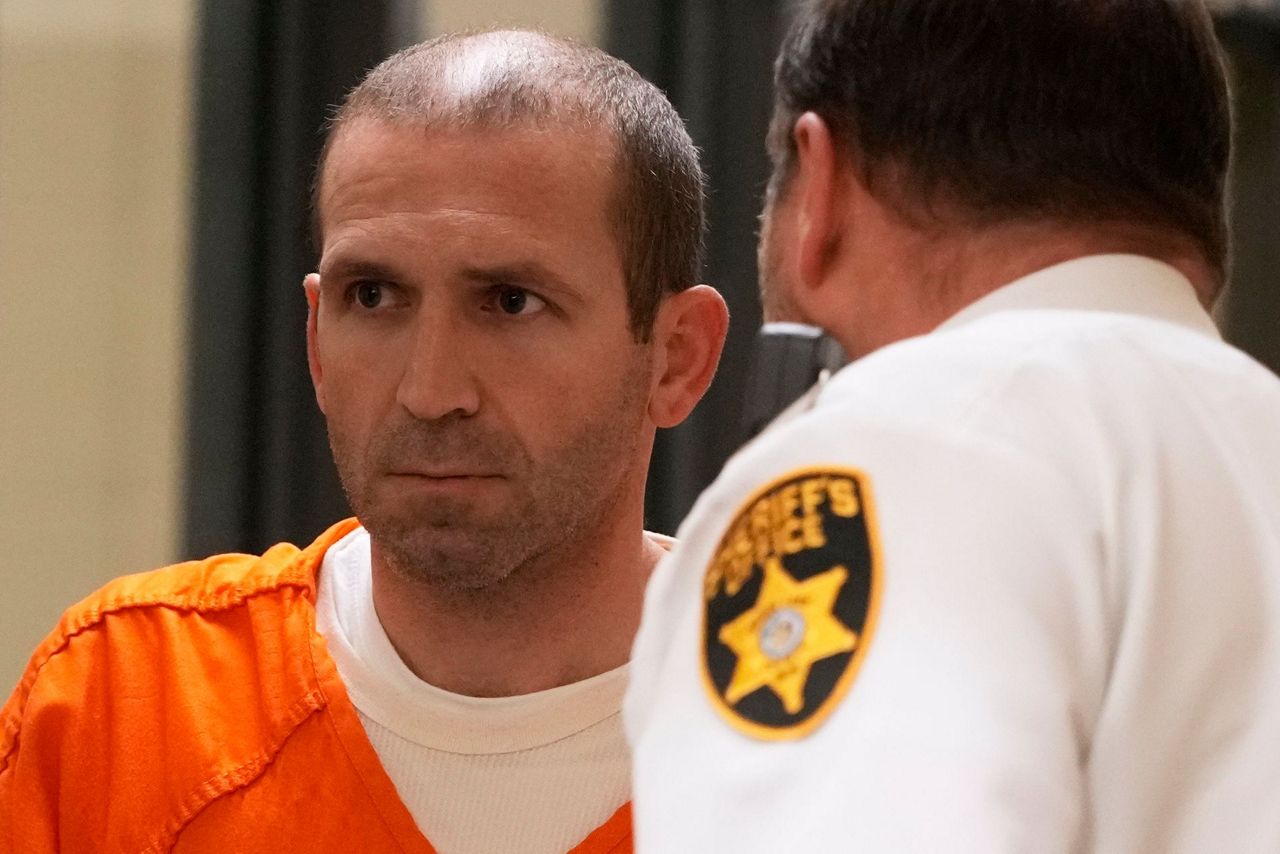The Vuelta a España, one of cycling’s most prestigious Grand Tours, recently made a significant change to one of its stages. Organizers decided to shorten the time trial stage due to safety concerns. This decision has sparked conversations among fans, riders, and experts alike.
Safety in cycling races is always a priority, but sometimes unexpected problems arise that force organizers to adapt quickly. This article explains why the time trial stage was shortened, what it means for the race, and how it affects the riders and the competition overall.
What is the Vuelta a España?
The Vuelta a España is one of the three Grand Tours in professional cycling, alongside the Tour de France and the Giro d’Italia. It takes place every year in Spain and sometimes includes neighboring countries. The race lasts for about three weeks and covers many different types of terrain, including mountains, flat roads, and time trials. The event is famous for its challenging courses and exciting battles for the overall victory.
A time trial is a special kind of race within the Vuelta where cyclists race alone against the clock instead of riding in a group. Each rider starts at different times, and the goal is to complete the course as quickly as possible. Time trials test a rider’s speed, endurance, and ability to maintain a high pace without the help of teammates or drafting behind others.
Why Was the Time Trial Stage Shortened?
Safety is the main reason the time trial stage was shortened. During the race, organizers and officials noticed some dangerous conditions that could put riders at risk. These conditions included bad weather, road surface problems, and challenging route features like sharp turns and steep descents. The organizers wanted to protect the riders and avoid accidents.
Cycling races are held on public roads, which can sometimes become hazardous. Unexpected factors like rain, strong winds, or poor road maintenance can make riding at high speeds very risky. In this case, the race officials evaluated the situation carefully and decided it was best to reduce the length of the stage. By shortening the time trial, they hoped to make the course safer while still keeping the competition fair and exciting.
How Was the Stage Changed?
The original time trial stage was planned to cover a longer distance with many technical sections. After assessing the risks, the organizers chose to cut some parts of the route, focusing on safer roads with fewer dangerous features. The new route remained challenging but was less risky for the riders.
This change affected the overall distance of the stage and the amount of time riders would spend racing. It also altered some strategies, as riders had to adjust their pacing and energy management for the shorter course. The change was communicated quickly to teams and riders so they could prepare for the new conditions.
Impact on the Riders
For professional cyclists, every second counts in a time trial. A shorter course means less time to gain or lose time against competitors. Some riders who are strong in long time trials might feel disadvantaged by the shorter distance, while others who excel in fast, technical sections could benefit.
The change also affected how riders prepared mentally and physically. Time trials require intense focus and precise pacing. With the course altered, riders had to rethink their tactics. They needed to adapt to a new rhythm and make sure they gave their best effort within the shorter time frame.
Safety concerns might have also impacted riders’ confidence. Knowing that the original course was considered unsafe could have made some cyclists more cautious during the race. However, the decision to shorten the stage showed that organizers prioritized rider safety, which many appreciated.
Impact on the Overall Race
The time trial stage plays a key role in shaping the overall standings in the Vuelta. It is often called the “race of truth” because it reveals a rider’s true strength and ability without team support. By shortening the stage, the race dynamics changed slightly.
Time differences between riders were likely smaller than originally expected. This meant the competition remained closer, with fewer chances for big gaps to open up. Some riders who specialize in time trials might have lost an opportunity to gain significant time, while others stayed closer to their rivals.
The adjustment also kept the race safer, which is important for maintaining a high level of competition throughout the event. Accidents or injuries can force top riders to abandon the race, affecting the excitement and quality of the Vuelta.
Reactions from Teams and Riders
The decision to shorten the time trial received mixed reactions. Many teams and riders agreed that safety should come first. They understood that dangerous conditions could lead to crashes and injuries, which no one wants. Some riders even praised the organizers for acting quickly and responsibly.
However, a few expressed disappointment because they had prepared specifically for the original course. Training for time trials involves studying the route carefully and practicing on similar terrain. Changing the stage last minute can disrupt these plans and affect performance.
Despite the mixed feelings, most competitors accepted the change as necessary. Safety in professional cycling has become a greater focus in recent years, with organizers increasingly willing to modify race conditions to protect riders.
Safety in Professional Cycling
Cycling is a sport with inherent risks. Riders travel at high speeds on open roads, often in large groups. Factors such as weather, road conditions, and course design can influence safety. Over time, the cycling community has made many efforts to improve safety standards.
Organizers now use more advanced technology to monitor weather and road conditions. Race routes are carefully planned to avoid dangerous areas, and officials are prepared to make adjustments if necessary. Medical teams and emergency services are also on standby during races to respond quickly in case of accidents.
The decision to shorten the time trial in the Vuelta highlights the importance of these safety measures. It shows that protecting riders is a top priority, even if it means changing the race format.
Historical Examples of Changes Due to Safety
The Vuelta is not the first cycling race to modify a stage for safety reasons. In past editions of the Tour de France, Giro d’Italia, and other races, organizers have shortened stages, rerouted courses, or delayed starts because of bad weather or dangerous roads.
For example, extreme weather conditions such as heavy rain, strong winds, or snow have forced race officials to take action. In some cases, sections of the course with steep descents or poor road surfaces were removed to prevent crashes.
These decisions are always difficult because they affect the competition and the plans of teams and riders. However, history shows that prioritizing safety helps preserve the integrity of the race and protects the athletes.
The Importance of Time Trials in Grand Tours
Time trials are a critical part of Grand Tours like the Vuelta. They provide a unique challenge because riders race alone, without drafting behind others. This tests pure physical strength, endurance, and mental focus.
Strong time trialists can gain valuable time on their rivals, which can be crucial for winning the overall race. Time trials also add variety to the competition by breaking up stages dominated by climbing or sprinting.
Shortening a time trial changes these dynamics but does not remove its importance. The race against the clock remains a key element that shapes the final results.
How Fans Reacted
Fans of the Vuelta closely follow every stage and have strong opinions about changes to the race. Some were disappointed by the shortening of the time trial, hoping to see the original course tested. Others appreciated the safety-first approach and understood the reasons behind the decision.
Social media saw many discussions, with fans praising the organizers for putting rider safety first. Some expressed concern about how weather and road conditions might affect future races and called for continued improvements.
Overall, fans remain passionate about the Vuelta and respect the tough decisions made to ensure the race runs smoothly and safely.
Lessons for Future Races
The decision to shorten the Vuelta time trial offers lessons for future cycling events. It shows the importance of flexibility and quick decision-making by race organizers. Safety should always come before strict adherence to the original plan.
Future races might include more detailed safety assessments before the event and develop backup plans for potential route changes. Improved communication with teams, riders, and fans can help everyone stay informed and adapt smoothly.
The cycling community continues to work together to make the sport safer while maintaining its excitement and challenge.
Frequently Asked Questions
What is a time trial in cycling?
A time trial is a race where cyclists ride alone against the clock instead of in a group. The goal is to complete the course in the shortest time possible.
Why was the Vuelta’s time trial stage shortened?
The stage was shortened due to safety concerns, including bad weather and dangerous road conditions that could cause accidents.
How does shortening a time trial affect the race?
Shortening the time trial reduces the distance and time riders have to compete, which can make time gaps between riders smaller and affect race strategies.
Are safety concerns common in professional cycling?
Yes, safety is a major concern in cycling because riders travel at high speeds on open roads. Organizers regularly assess and adjust routes to protect riders.
Has the Vuelta or other races changed stages before due to safety?
Yes, it is common for cycling races like the Vuelta, Tour de France, and Giro d’Italia to modify or shorten stages if conditions are dangerous.
Conclusion
The Vuelta a España’s choice to shorten the time trial stage amid safety concerns highlights the delicate balance between competition and rider safety. While some may have been disappointed by the change, the decision demonstrated the organizers’ commitment to protecting the athletes and maintaining a fair race.
Safety in professional cycling is a complex issue that requires constant attention and adaptation. The Vuelta’s experience reminds us that races must be flexible to changing conditions and ready to act quickly when risks arise.














